Gold emerges due to its demand for state sovereignty, driving its price.
Bitcoin facilitates remittances to migrants and everyday payments around the world.
Since long before bitcoin (BTC) took its first steps in El Salvador, my sights have been on the ecosystem. But this October, with gold hitting $4,000 per ounce, marks a new all-time high that captures my attention.
What’s on my mind right now is this question: why, in an era of stablecoins and DeFi, does gold eclipse bitcoin right on Uptober—its historic month of brilliance—and in the midst of geopolitical chaos?
In my daily work, I have seen that adoption does not arise from a vacuum, but as a collective response to failing systems. Therefore, for me it is clear that the current moment represents the most unequivocal sign of a market in full transformation.
A shift is underway from the dollar’s unipolar dominance to a multipolar ecosystem. This where sovereign and decentralized assets emerge as protective shields. It happens because States and communities prioritize them to protect themselves from emergencies, regardless of centralized monetary policies.
For example, at the BRICS summit (Brazil, Russia, India, China, South Africa, and their new members Egypt, Ethiopia, Iran and the United Arab Emirates) in July 2025, he remembered using gold as collateral in loans from the BRICS Development Bank (NDB).
In line with BRICS initiatives such as the 2025 NDB guarantee fund, Brazil has promoted green financing, aligned with its recent gold accumulation to mitigate geopolitical risks.
Currently these countries have more than 6,000 tons of gold. This is approximately 20% to 21% of global central bank gold reserves.
It is part of the formula that the BRICS use to reduce their dependence on the dollar and the International Monetary Fund (IMF). All this means that gold is repositioned as collateral in sovereign lending networks.
Thus, countries avoid vulnerabilities such as the freezing of reserves. Meanwhile, bitcoin is accelerating its adoption as a tool for individual and cross-border empowerment.
This October, however, gives the spotlight to the yellow metal.


On the land of ancestral assets
Gold has not only gained value, but it is also gaining prominence for those who turn their gaze towards it.
Since January 2025, gold has risen 55%, driven by fears of persistent inflation and escalating trade tensions between the US and China.
The numbers are irrefutable. In 2024, central banks purchased more than 1,000 tons of gold for the third consecutive year, a record that accelerates in 2025 with an average of 64 tons per month.
Only in August, registered a net rebound of 19 tons, raising global reserves to around 15% in gold —a level that could exceed the treasures in portfolios of emerging economies.


95% of these banks expect to continue accumulating gold in the next 12 months. Countries such as China and Brazil are leading this trend, using gold as collateral on platforms such as the Shanghai Gold Exchange to finance sovereign projects without resorting to the dollar, a movement that accelerates de-dollarization in regions vulnerable to sanctions.
This shocks me because illustrates a pattern of adoption driven by collective neednot because of fever or fashion. Bank of America esteem that optimal gold holdings should reach 30% of reserves (up from 20% currently). This could trigger additional purchases of up to $2 trillion and catapult the price to $10,000 per ounce in the coming years. It is a product of the collapse of the dollar system, as they themselves warn.
These data indicate that gold is no longer a historical relicbut a pillar in economic multipolarity. It is because nations like the BRICS build networks independent of Washington. And this October, its rise eclipses even bitcoin’s usual brilliance, with a return: YTD (year-to-date) of 55% versus 20% for the currency created by Satoshi Nakamoto.
In this era of reserve repatriation, gold symbolizes state sovereignty. It represents stability and national control over assets.


Bitcoin, the community empowerment asset
Bitcoin, on the other hand, acts as its community equivalent. It is a decentralized protocol that empowers marginalized individuals and groups. This makes it ideal for mass adoption in areas of financial exclusion.
For example, bitcoin gains more trust than the State in Venezuela, where the population suffers financial stress.
At the same pace, exchange-traded funds (ETFs) bitcoin have attracted record flows of billions of dollars. However, his role at the base also stands out. This is because millions of everyday users use it, using Lightning for inclusive and fast transactions.
Just like gold is “repatriated” to national vaults. Bitcoin is democratized through self-custody, resisting the centralization that at CriptoNoticias we have documented in regulations such as the Regulation for Cryptoactive Markets (MiCA) in Europe.
As argues The professional derivatives trader in the commodities sector Vincent Lanci, also known as “The Professor” or VBL, “bitcoin is a survivor, that is why it eventually wins”—not because it is a mere store of value, but because of its evolution into a practical currency, with integrations like that of Square that enable cross-border payments without intermediaries.
Still, gold’s temporary dominance this month underscores the lesson that in market transformations, traditional assets can lead the way, forcing digital assets to reassert their unique utility.
In my vision, this duality means a social catalyst. That’s because bitcoin not only complements gold, but accelerates its adoption by making it accessible to the unbankedtransforming remittances into tools of local empowerment—even if, for now, the shine of gold overshadows them.
What we are experiencing is not a romantic return to the gold standard, but the arrival of a hybrid paradigm where gold ensures sovereignty and bitcoin thrives because of its utility at the bottom.
Bitcoin is used daily in communities, without its price discouraging its everyday adoption.
The first erodes the dollar with massive purchases — 1,000 tons annually that drive de-dollarization — while the second challenges it with decentralized networks that I have seen flourish in marginalized communities.
I firmly believe that with inclusive policies, this clear signal will catalyze equitable adoption. To better visualize this, let’s imagine Colombia, using gold as a cultural hedge—protecting value in traditional contexts, such as inheritances or family reserves. While bitcoin is used as a bridge for remittances, vital for its economyfacilitating fast and cheap shipping without expensive intermediaries.
In this way, they redefine local economies without external dependencies, strengthening autonomy and financial inclusion in marginalized communities. Therefore, the temporary eclipse of gold over bitcoin in “Uptober” is not defeat, but a reminder that transformation is underway. We must view the adoption of gold and bitcoin not as passing trends, but as narratives of systemic change.
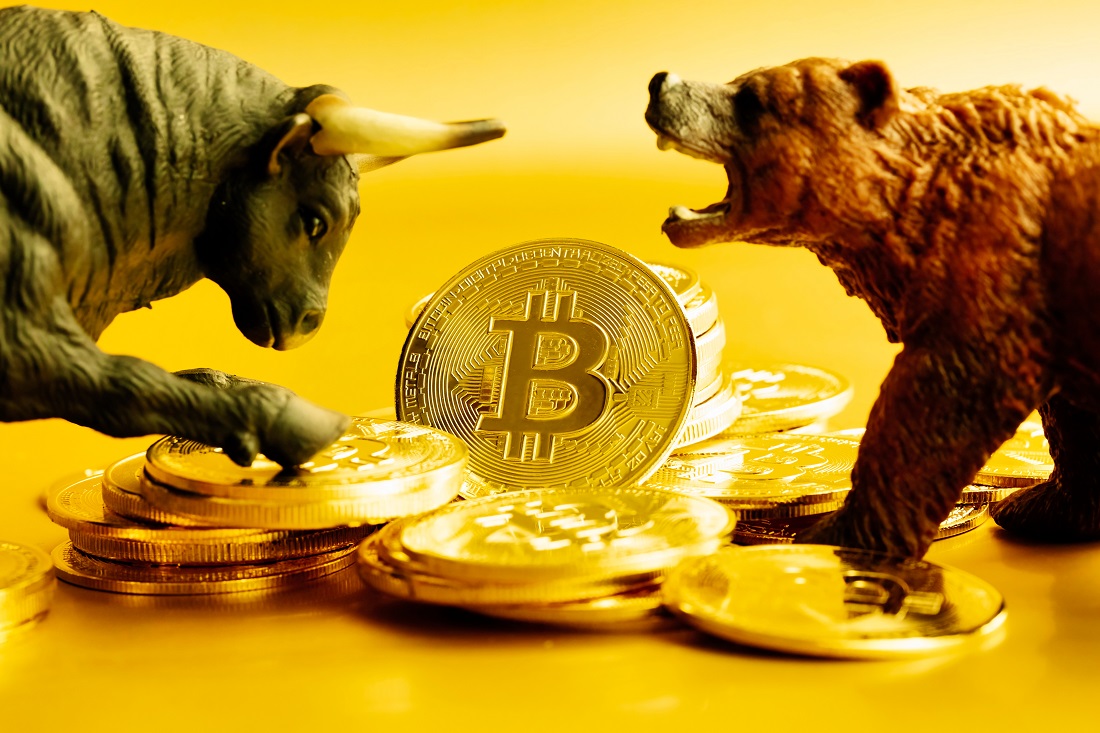
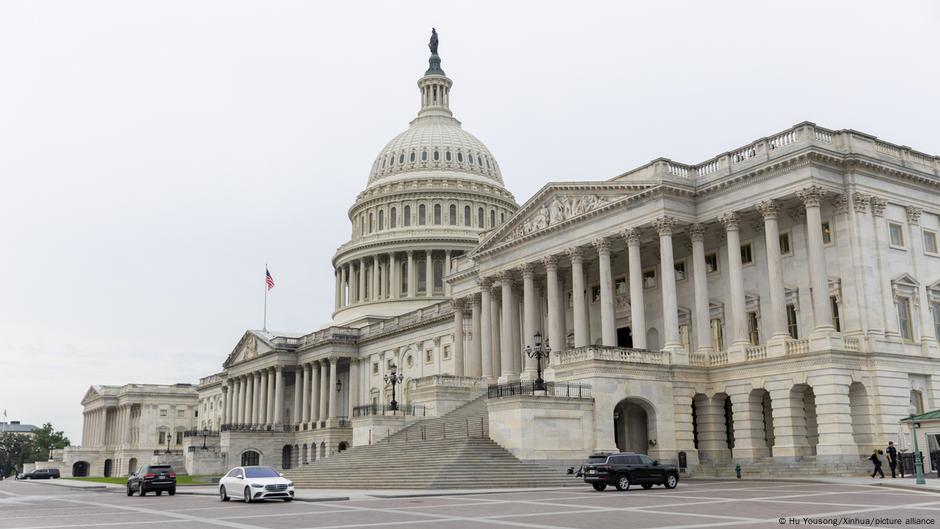
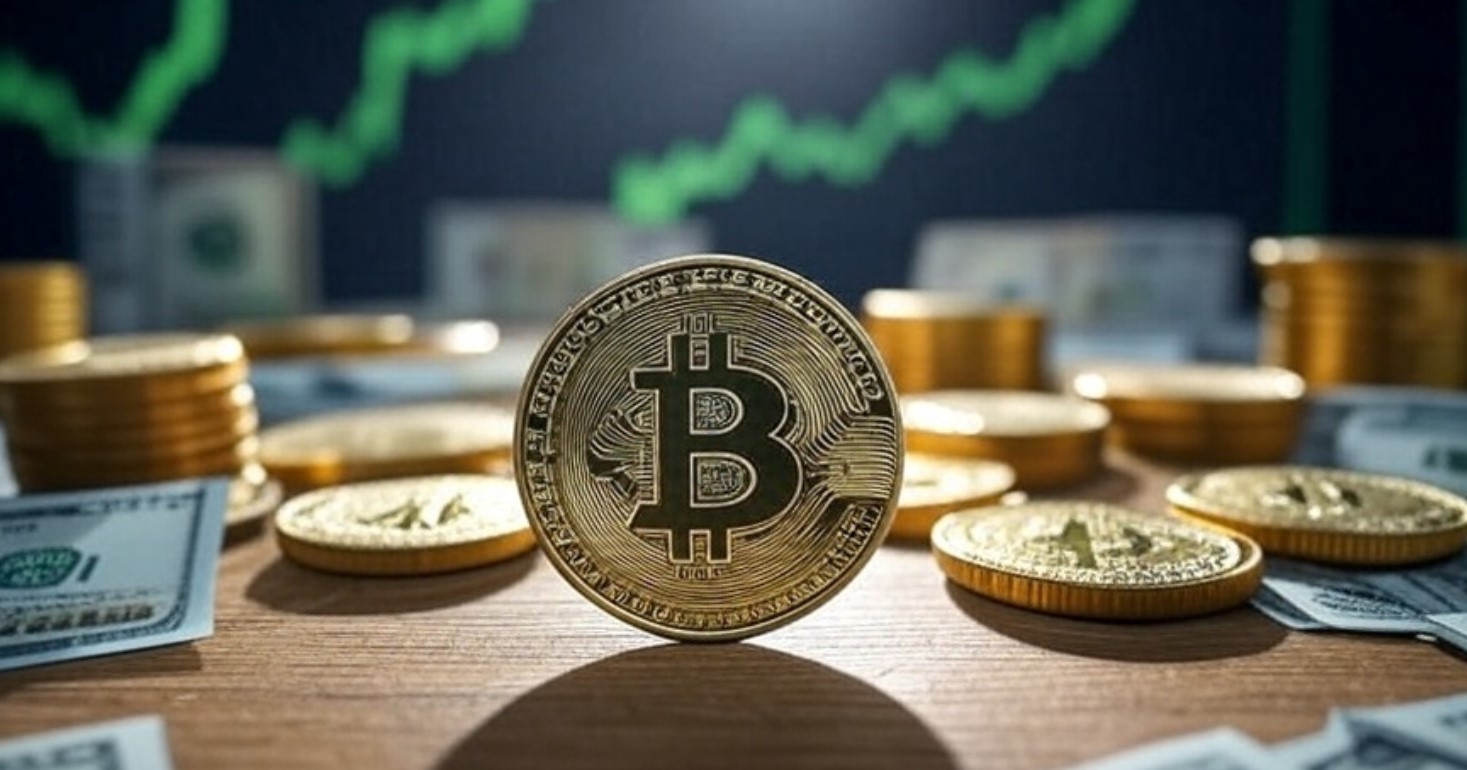

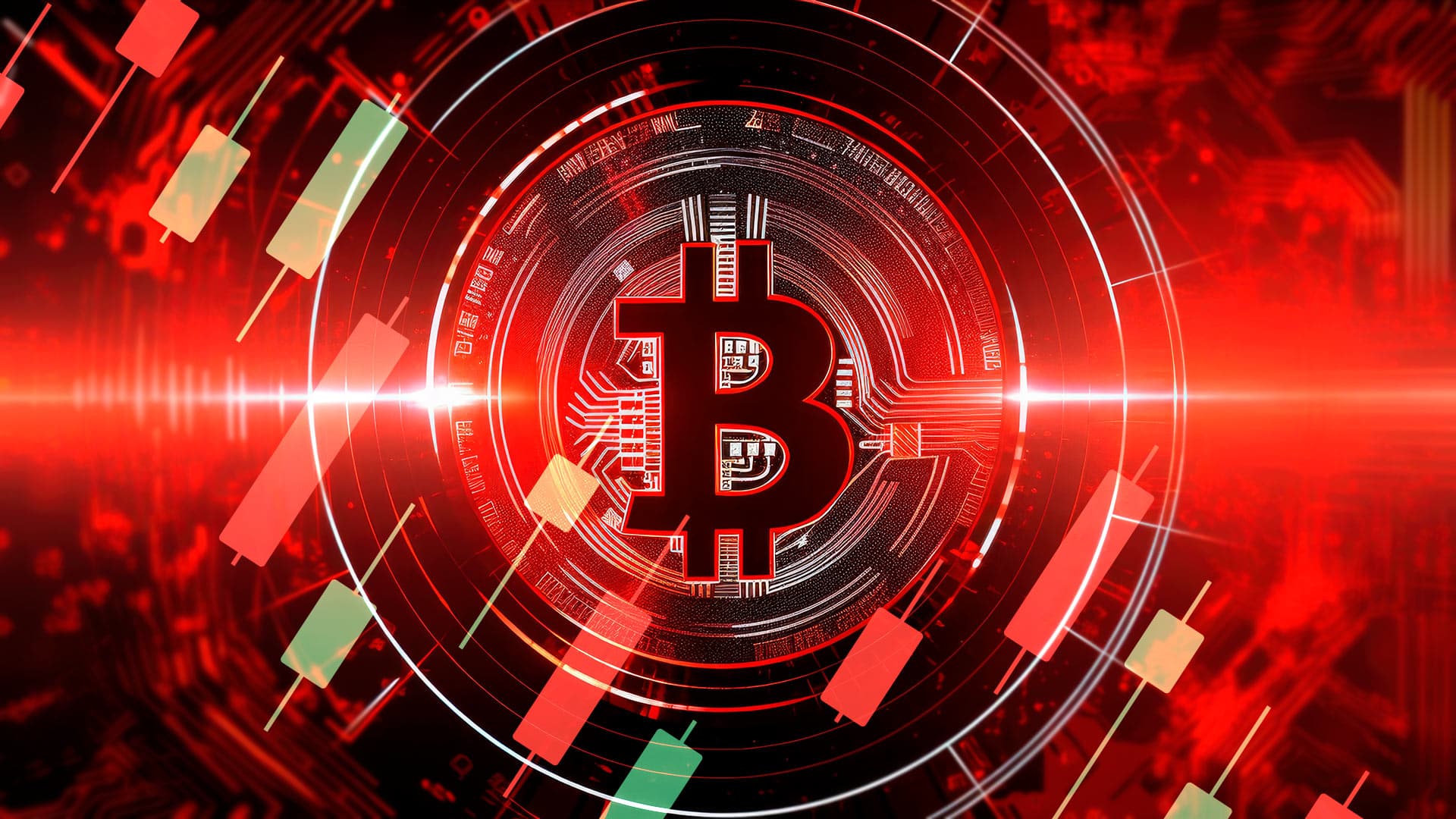
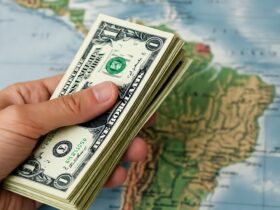
Leave a Reply